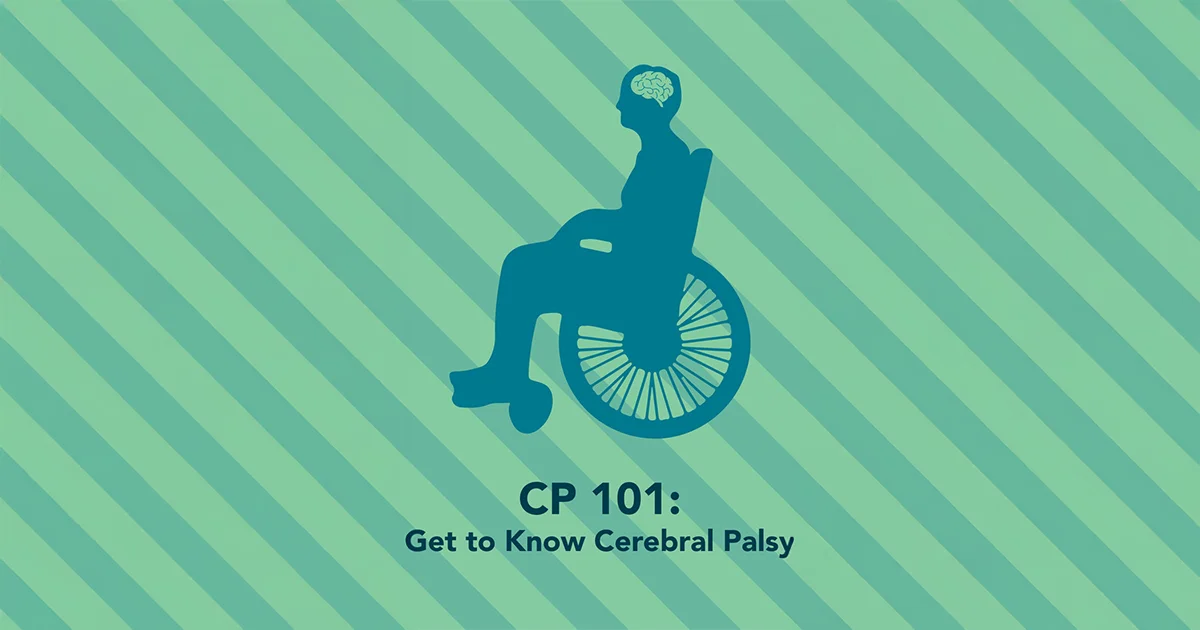Channel your inner Vogue and Confidence!

Students with cerebral palsy (CP) face unique challenges in the educational environment, making it very important for schools to offer tailored educational settings that meet their specific needs. Cerebral palsy, a neurological disorder that impacts muscle coordination and motor skills, can vary significantly from one individual to another. As such, the educational experiences and outcomes for students with cerebral palsy can be profoundly influenced by the types of educational settings they are placed in, the level of support they receive and the teaching strategies implemented. These factors play a key role in shaping both academic and social success.
One of the most significant factors influencing outcomes for students with cerebral palsy is the type of educational setting they are placed in. Research shows that inclusive educational settings, where students with disabilities are integrated into general education classrooms alongside their peers, tend to produce more positive academic and social outcomes for students with cerebral palsy. In inclusive settings, students benefit from exposure to their peers, learning from them socially and academically. Students can gain more self-confidence and a better self-image via inclusion which also helps dispel stigmas associated with disability.
Another key element in the educational experience for students with cerebral palsy is access to specialized support services. Students with CP often require physical therapy, occupational therapy, speech therapy, and other forms of support to succeed in the classroom. Schools that offer comprehensive support services are able to better address the specific needs of these students, helping them engage with the curriculum and participate in school activities.
Depending on the requirements of each student, specialist support services can be pull-out or integrated into the classroom in an inclusive setting. For instance, a student with cerebral palsy may benefit from speech treatment to improve communication abilities or physical therapy to increase movement. By having access to these programs, kids with cerebral palsy can get over obstacles that might otherwise prevent them from participating fully in extracurricular and academic activities.
In contrast, schools that do not offer these services or have limited access to specialized care may inadvertently place students with cerebral pals at a disadvantage. These children could find it difficult to follow the curriculum, contribute to class debates or participate in physical activities if they don’t receive the help they need. Their general well-being and academic standing may therefore deteriorate, impeding their educational progress.
Teachers have a significant impact on how well pupils with cerebral pals learn. Informed and well trained teachers may foster a more inclusive and encouraging learning environment for students with cerebral pals. Teachers can use successful teaching practices that suit different learning styles and abilities by receiving training on the unique requirements and problems experienced by students with cerebral palsy.
In an educational setting where teachers are unfamiliar with cerebral palsy, students may not receive the level of attention or understanding they need. Both teachers and children may become frustrated due to misunderstandings regarding the illness. For instance, a teacher can unintentionally neglect the necessity of assistive technology or neglect to modify instructional materials to accommodate pupils with cerebral. Lack of knowledge and planning can make kids feel abandoned which can eventually harm their academic performance and self worth.
Socialization and peer interactions are very important to the overall development of kids with cerebral palsy. Educational settings that foster positive peer interactions can have a significant impact on social outcomes. Inclusive classrooms provide students with opportunities to engage with a diverse group of peers, develop friendships and participate in group activities. These experiences help students with cerebral palsy cultivate critical social skills including cooperation, communication and dispute resolution.
This can result in social challenges, loneliness and isolation, all of which can have a detrimental effect on a student’s emotional and mental health. Students with cerebral palsy on the other hand might feel appreciated and welcomed by their classmates in inclusive environments that foster variety and empathy.
Incorporating kids with cerebral palsy into general education classes also gives other students the opportunity to learn about impairments and grow in empathy and understanding. These experiences foster a more welcoming and inclusive school atmosphere which benefits not just the kids with cerebral palsy but also the larger student population.
